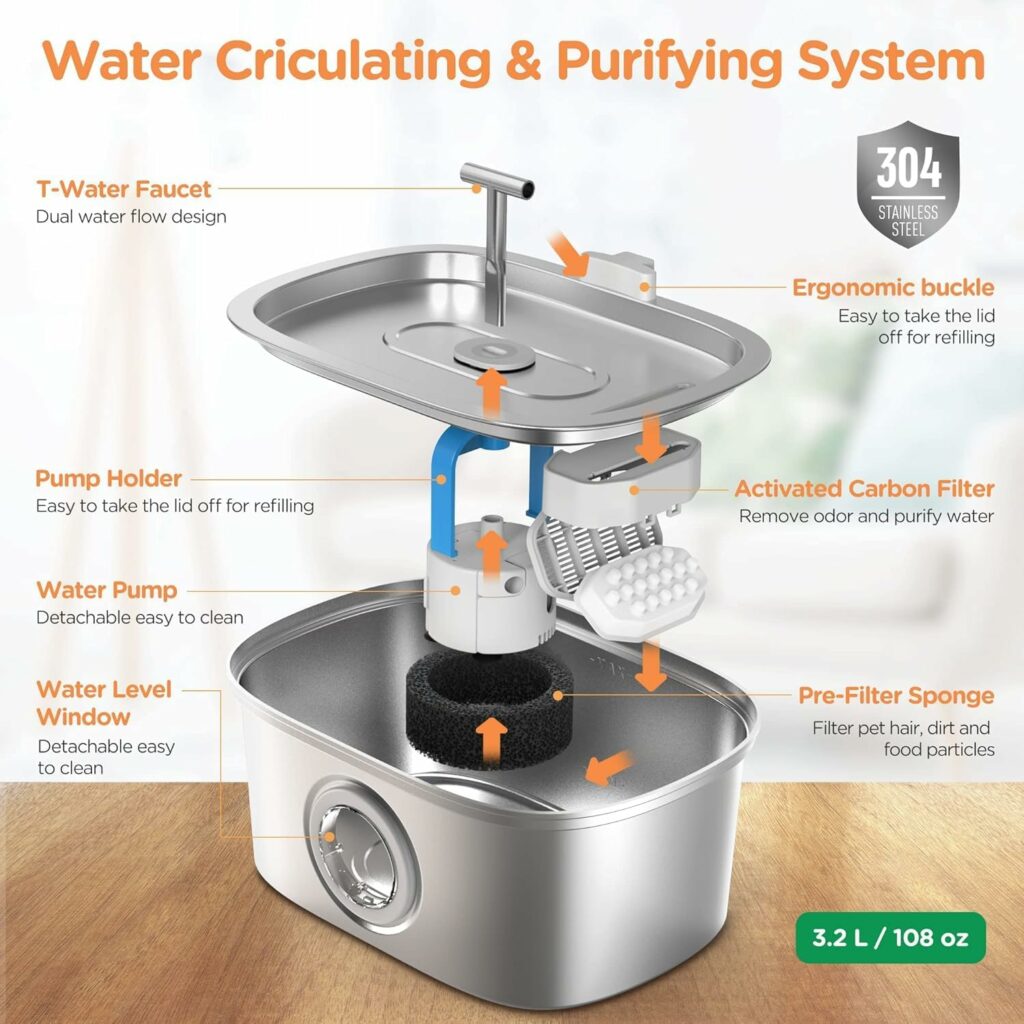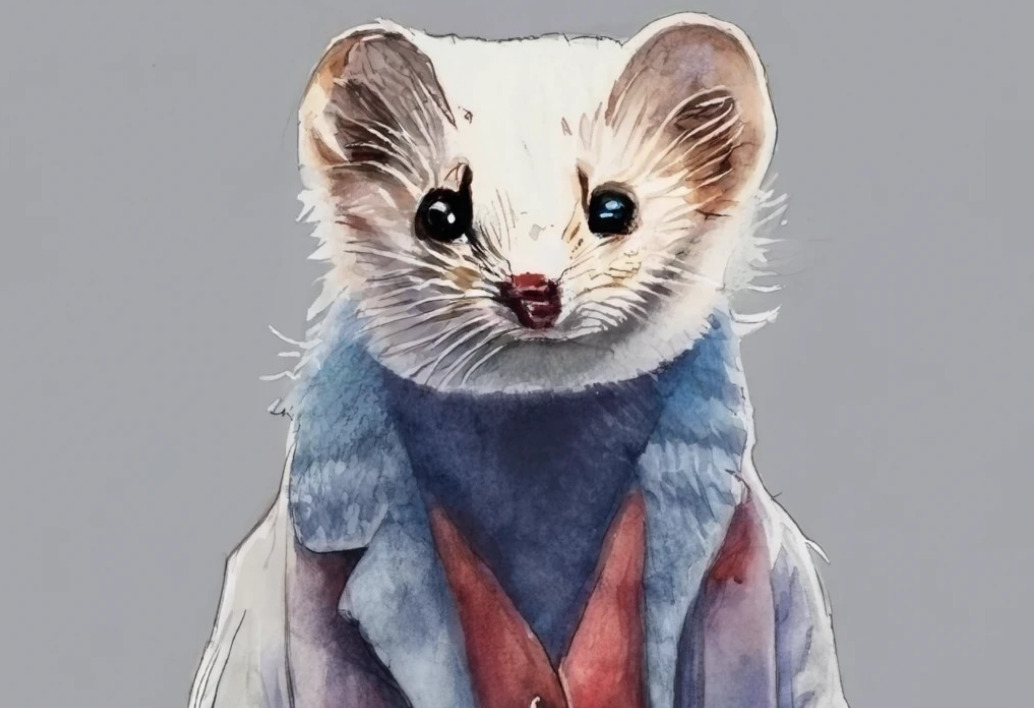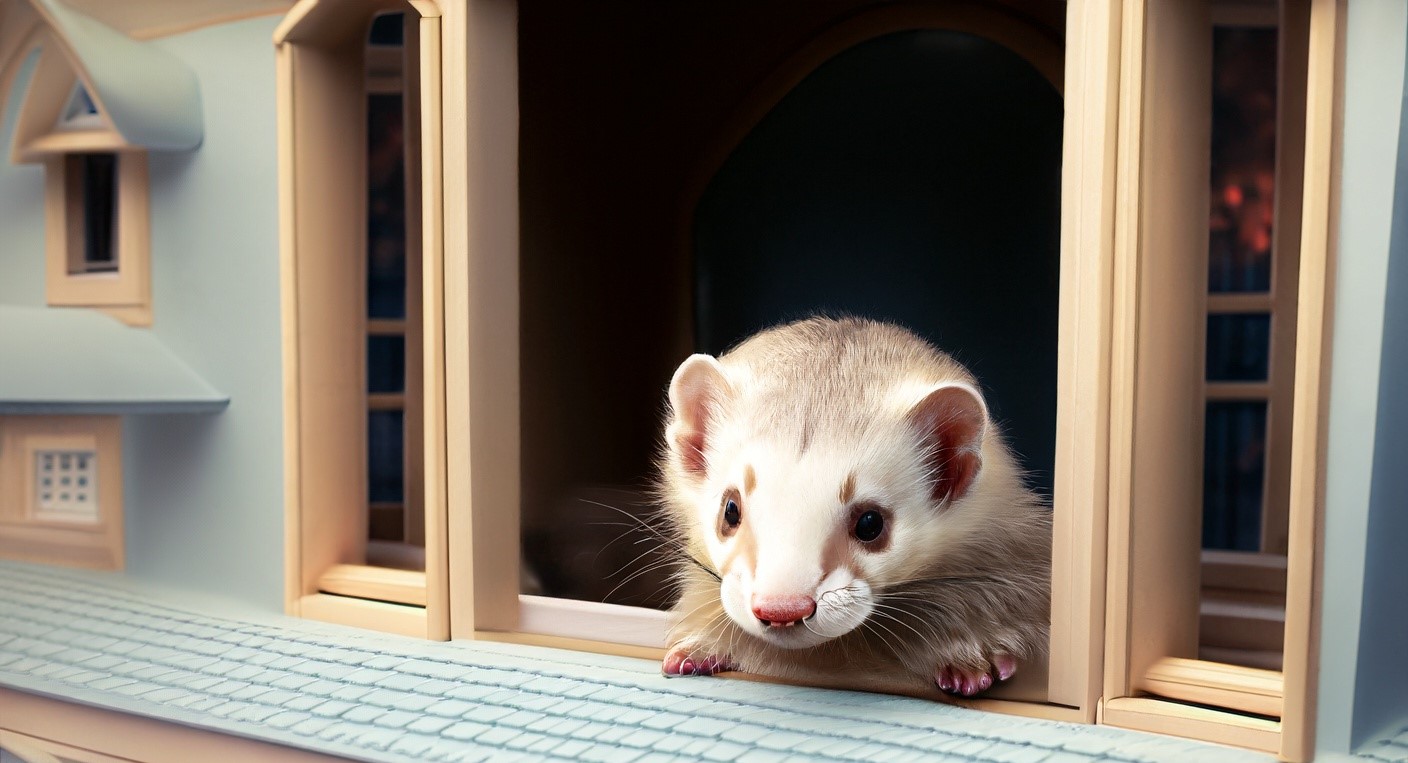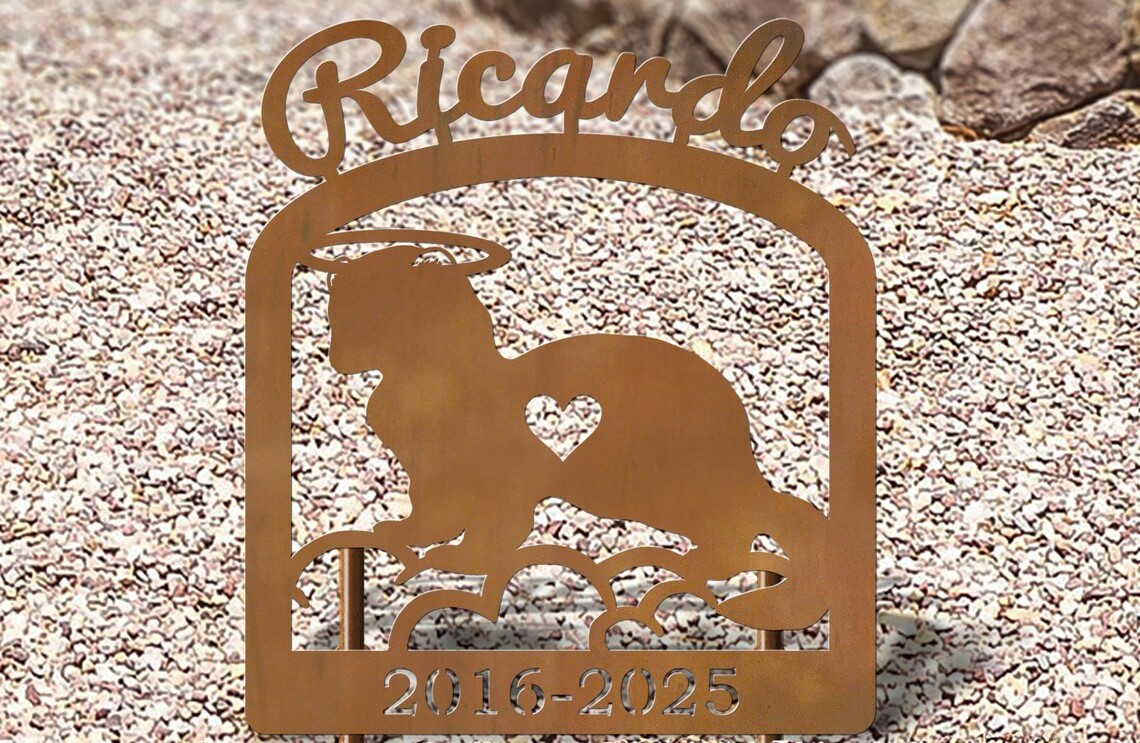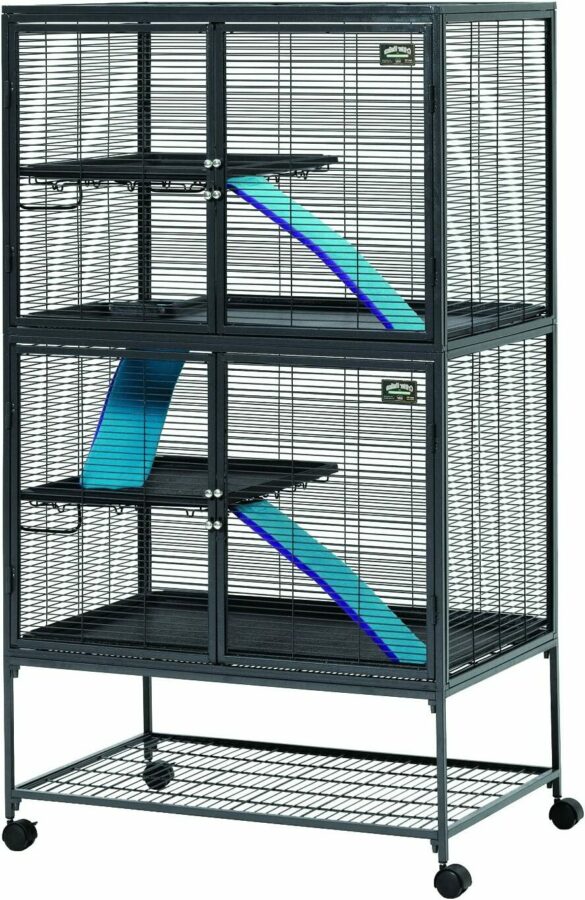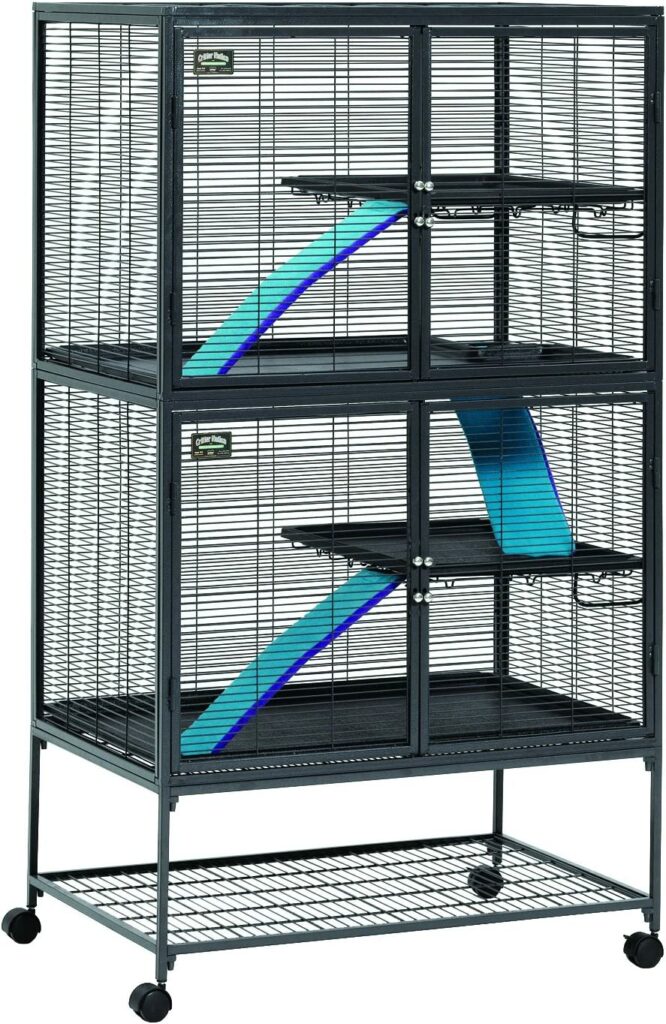
Does your ferret enjoy water?
Here’s a safe way for your ferrets to play in the water—a ferret water fountain! Watch your adorable ferret pounce and frolic in the cascading water. It’s a sight to behold, and here’s why it’s unlike any other water play experience for your ferret:
- Interactive Fun: Unlike traditional water bowls or dishes, the fountain’s flowing water design engages your ferret’s natural curiosity and instinct to explore. It’s like having a mini water park in your home for your ferret to enjoy!
- Splish-Splash Joy: Ferrets love water, and what better way to indulge their aquatic antics than with a fountain specifically designed for them? The gentle flow of water provides endless entertainment as they splash to their heart’s content.
- Cooling Relief: Especially during warmer months, the fountain offers your ferret a refreshing respite from the heat. Whether they’re dipping their paws or taking a full-on dip, the cool water provides relief and helps regulate their body temperature.
- Health Benefits: While other water play options like shallow bowls or sinks may suffice, they lack the added benefits of the fountain’s filtration system. With clean, filtered water constantly circulating, your ferret not only quenches their thirst but also maintains better overall health and hygiene.
- Stimulating Senses: The sight and sound of flowing water captivate your ferret’s senses, providing both mental and physical stimulation. It’s like a sensory playground, enticing them to explore and interact in ways that traditional water sources simply can’t match.
- Easy Maintenance: Simple assembly and disassembly make cleaning quick and easy.
So, if you’re looking to elevate your ferret’s playtime to the next level, this ferret water fountain is the ultimate choice for endless aquatic adventures!
Get Yours HERE

